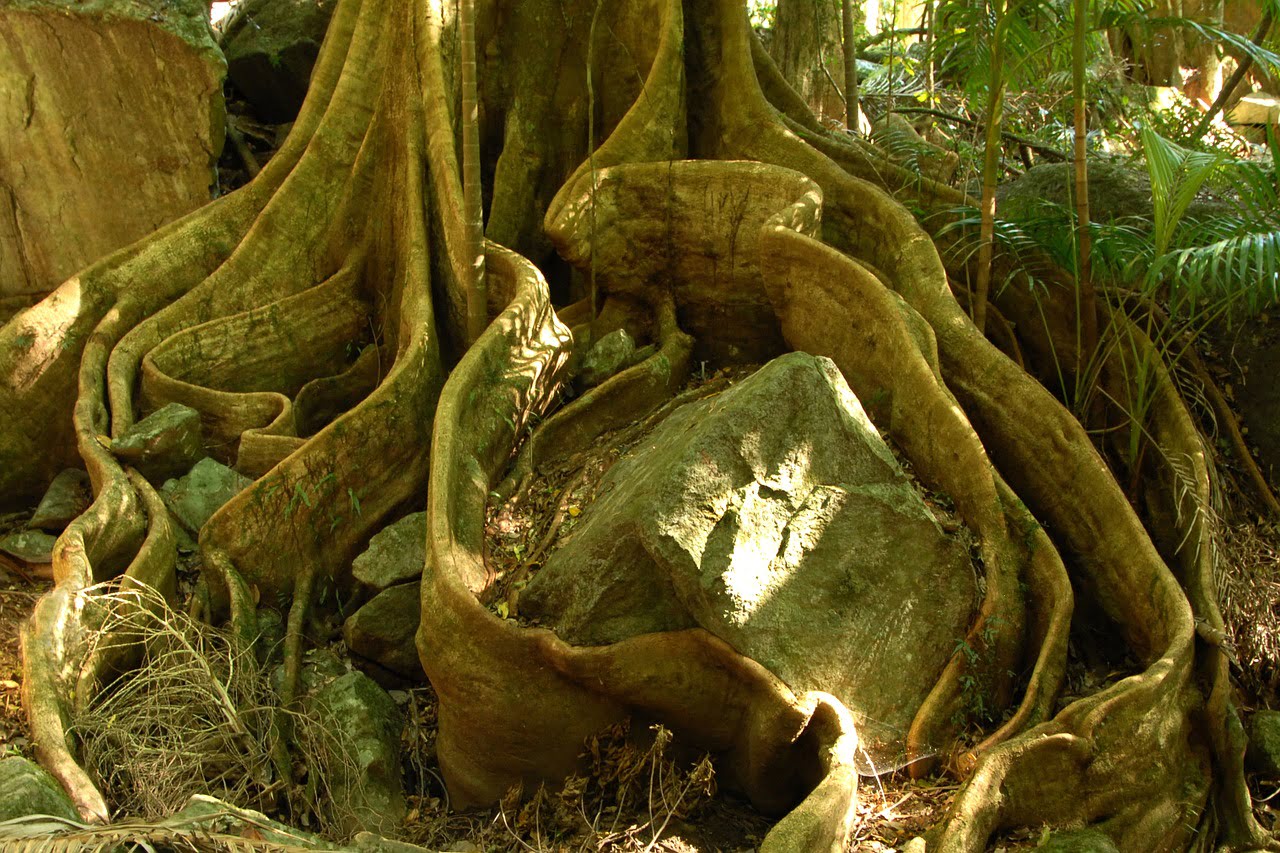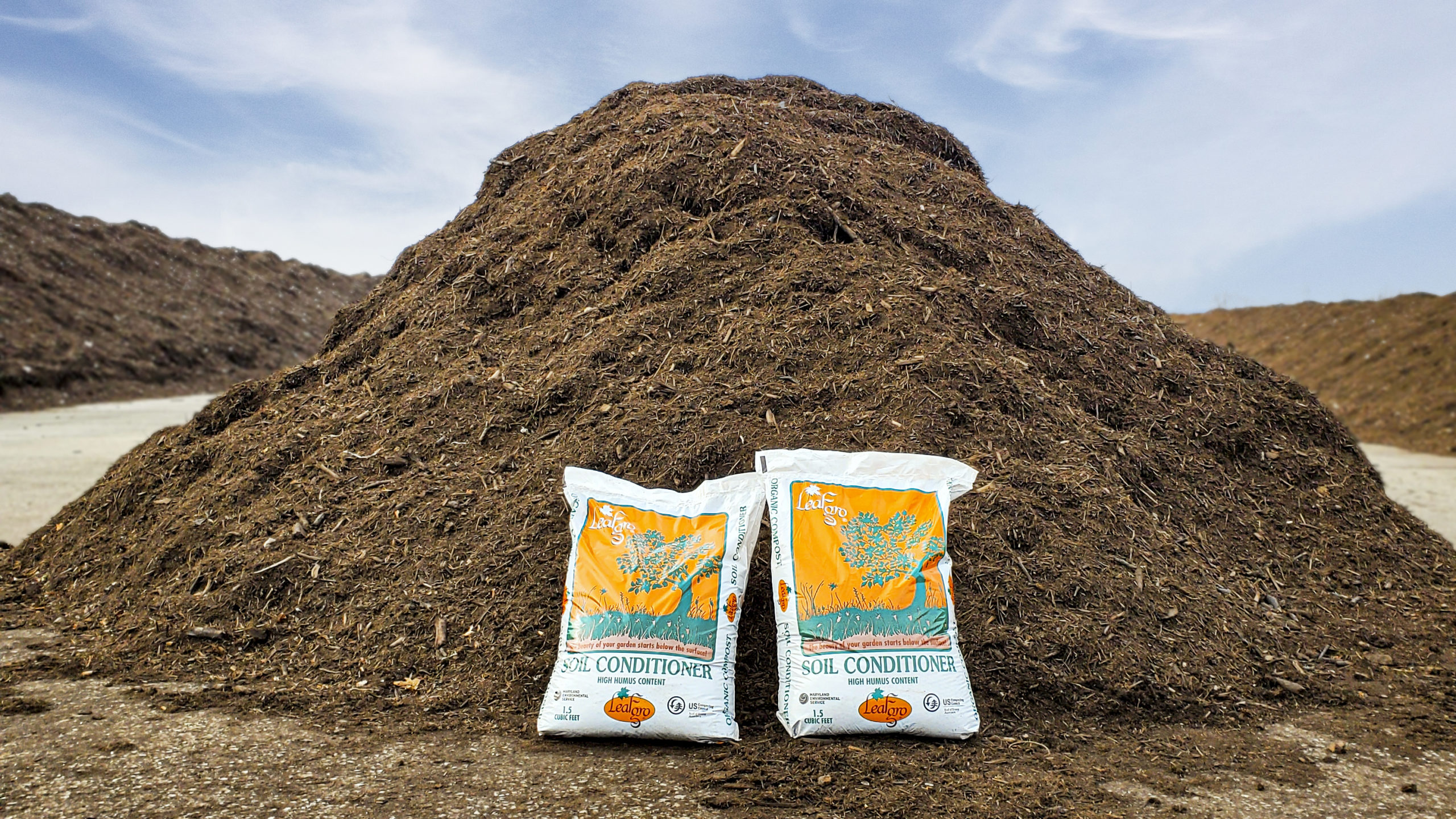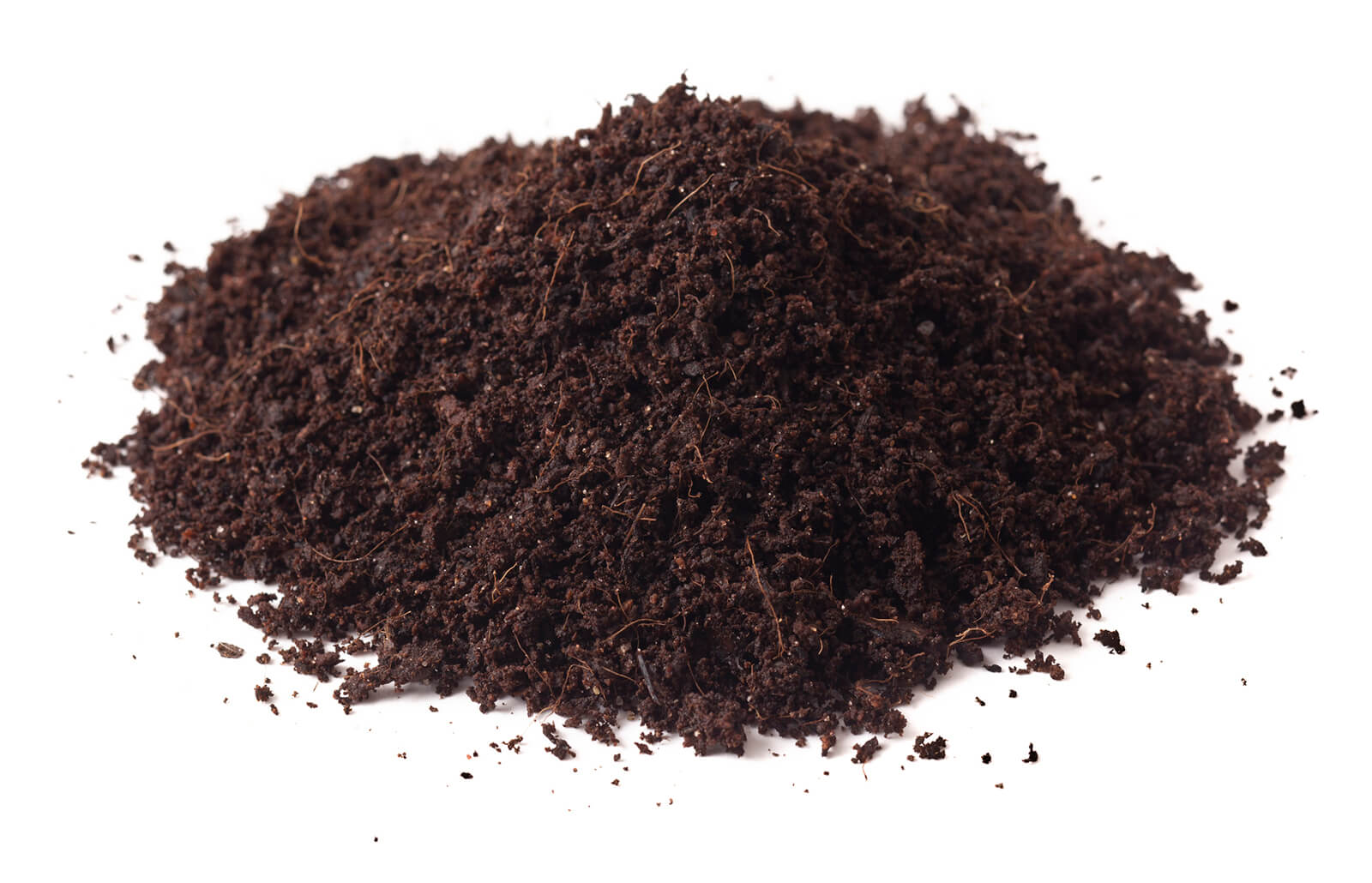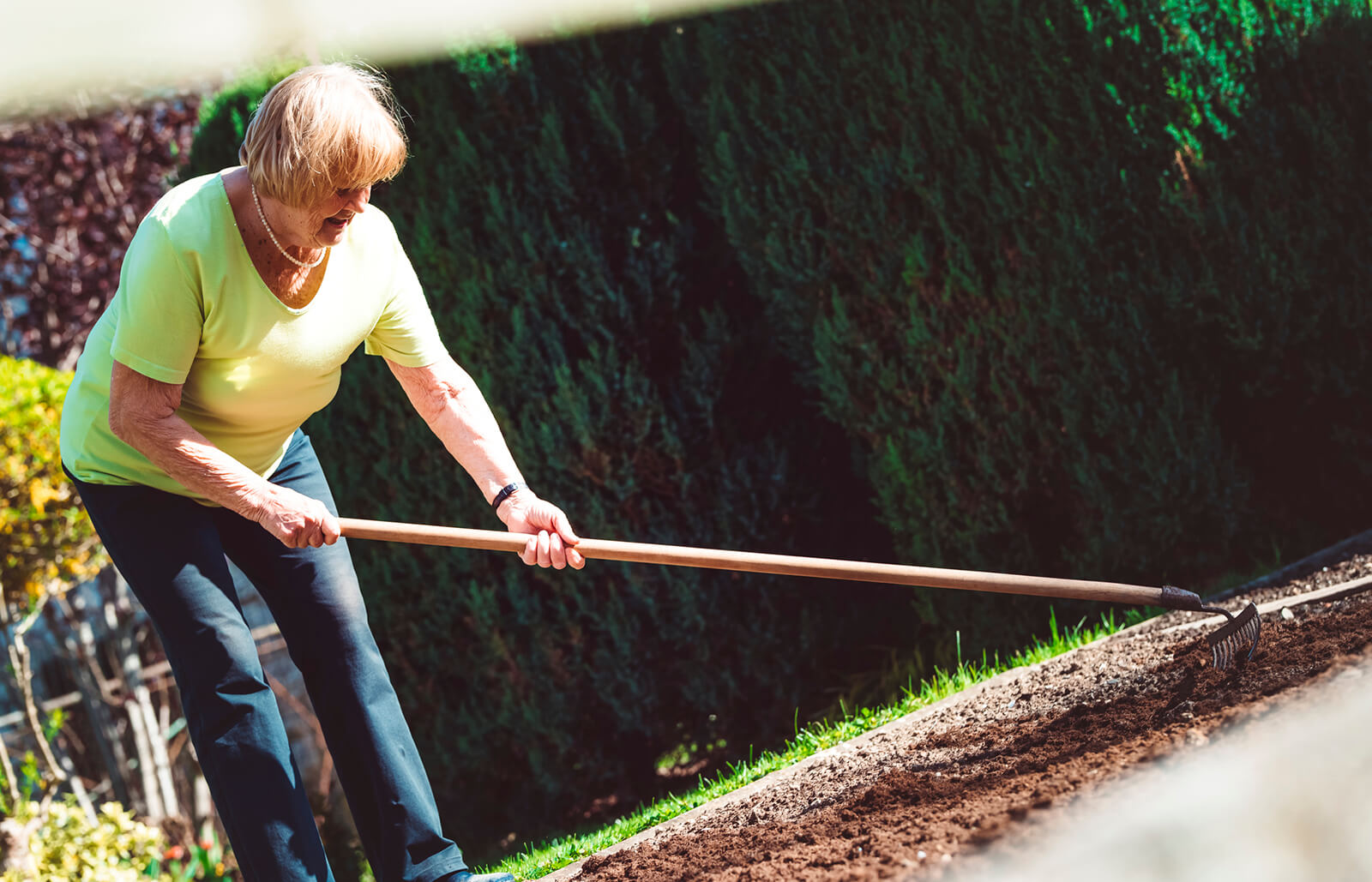Home>Gardening Tips and Tricks>Eco-Friendly Gardening>Where To Get Sawdust For Compost
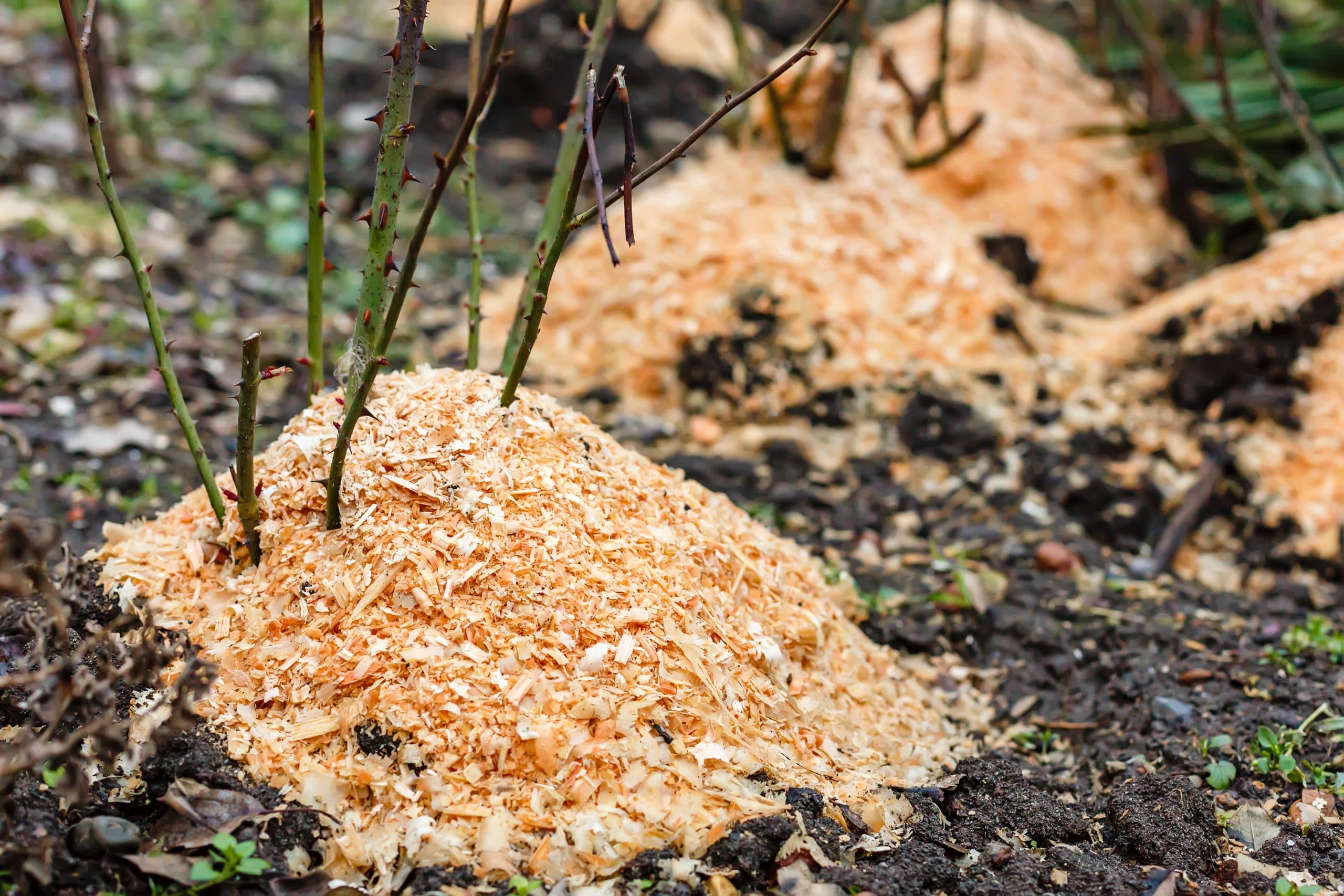

Eco-Friendly Gardening
Where To Get Sawdust For Compost
Modified: January 22, 2024
Discover eco-friendly options for sourcing sawdust to enhance your compost with our guide on where to get sawdust for compost.
(Many of the links in this article redirect to a specific reviewed product. Your purchase of these products through affiliate links helps to generate commission for Chicagolandgardening.com, at no extra cost. Learn more)
Table of Contents
Introduction
Welcome to the world of eco-friendly gardening! If you’re passionate about sustainable living and want to cultivate a beautiful garden while minimizing your environmental impact, then eco-friendly gardening practices are essential. One such practice is composting, which not only diverts organic waste from landfills but also helps enrich the soil, improve plant health, and reduce the need for chemical fertilizers.
Composting involves the decomposition of organic matter to create nutrient-rich soil amendments. While many organic materials can be used for composting, adding sawdust to your compost mix can provide numerous benefits. Sawdust is a byproduct of woodworking and is widely available, making it an attractive option for eco-conscious gardeners.
In this article, we will explore the different sources where you can obtain sawdust for composting. Whether you’re a seasoned gardener looking to add a new ingredient to your compost pile or a beginner setting up your first compost bin, knowing where to get sawdust will help you achieve your eco-friendly gardening goals.
Benefits of Adding Sawdust to Compost
Adding sawdust to your compost pile can offer several advantages that contribute to the overall health and fertility of your garden. Here are some key benefits:
- Carbon-rich ingredient: Sawdust is a high-carbon material, which is essential for achieving the right balance in your compost. It helps to balance the nitrogen-rich materials, such as kitchen scraps, by providing an ample supply of carbon, creating an optimal environment for microbial activity.
- Absorbs moisture: Sawdust has excellent moisture-absorbing properties that help regulate moisture levels in the compost pile. It prevents the pile from becoming too soggy, which can lead to anaerobic conditions and unpleasant odors. Additionally, it helps retain moisture in the soil when the compost is incorporated into the garden beds.
- Aerates the compost: Sawdust particles create air pockets within the compost pile, promoting airflow and enhancing aeration. This ensures that the beneficial microorganisms responsible for decomposition have access to oxygen, speeding up the composting process.
- Adds organic matter: Sawdust is an organic material that, when composted, contributes to the overall organic matter content of the soil. This improves soil structure, increases water retention, and supports beneficial soil organisms.
- Reduces weed growth: Sawdust can act as a natural weed suppressant when used as a mulch in garden beds. It helps smother weed seeds, preventing them from sprouting and competing with your plants for nutrients and sunlight.
- Closes the waste loop: By using sawdust, you are reducing waste and promoting a circular economy. Instead of disposing of sawdust in landfills, you’re repurposing it as a valuable resource in your garden, minimizing your environmental impact.
Incorporating sawdust in your composting efforts not only benefits your garden but also contributes to a more sustainable and eco-friendly approach to gardening. Now that you’re aware of the benefits, let’s explore the different sources where you can obtain sawdust to include in your compost pile.
Local Lumberyards
One of the primary sources of sawdust for composting is local lumberyards. Lumberyards often generate a significant amount of sawdust as a byproduct from cutting and shaping timber. Reach out to your nearest lumberyard and inquire if they have any sawdust available for composting purposes.
Lumberyards may be willing to provide you with sawdust free of charge or for a small fee. It’s a win-win situation for both parties: the lumberyard gets to dispose of excess sawdust, and you have a readily available source of carbon-rich material for your compost pile.
When collecting sawdust from lumberyards, ensure that it is free of chemicals and untreated. Ask if the sawdust is sourced from non-pressure-treated wood to avoid introducing potentially harmful substances into your compost or garden.
To make the collection process smoother, bring your own containers or bags to transport the sawdust. The lumberyard may have specific guidelines for collecting the sawdust, so be sure to follow their instructions and respect their policies.
Keep in mind that the availability of sawdust from lumberyards may vary, so it’s a good idea to establish a relationship with a local lumberyard or check with them periodically to see if they have any sawdust you can acquire for composting.
Local lumberyards offer a sustainable and eco-friendly source of sawdust for your compost pile. By utilizing this resource, you not only contribute to the health of your garden but also support local businesses and reduce waste in your community.
Woodworking Shops
Woodworking shops are another excellent source for obtaining sawdust for composting. These establishments often generate a significant amount of sawdust from cutting, shaping, and sanding wood. Contact local woodworking shops, furniture makers, or carpentry businesses in your area to inquire about their sawdust availability.
Woodworking shops may be more than willing to give away their excess sawdust, as it can be challenging and costly for them to dispose of it properly. By collecting their sawdust for your compost pile, you provide them with a convenient solution for waste management while acquiring a valuable resource for your garden.
When collecting sawdust from woodworking shops, it’s important to ensure that the sawdust is clean and free from harmful substances. Ask if they work with untreated wood, as sawdust from treated or painted wood should be avoided for composting purposes.
It’s a good practice to establish a relationship with the woodworking shops in your area. Regularly check with them to see if they have any sawdust available or if they can set some aside for you. Building a connection can also lead to potential collaborations or partnerships in the future.
Remember to bring your own containers or bags when collecting sawdust from woodworking shops. This helps minimize waste and makes it easier for the shops to provide the sawdust to you. Respect any guidelines or instructions provided by the shop and express your gratitude for their contribution to your eco-friendly gardening efforts.
Woodworking shops can be a valuable source of clean sawdust for composting. By utilizing this resource, you not only enhance the nutrient content of your compost but also support local artisans and reduce waste in your community.
Furniture Manufacturers
Furniture manufacturers are an excellent source for obtaining sawdust for your compost pile. These businesses produce a significant amount of sawdust as a byproduct of their manufacturing process. Contact local furniture manufacturers in your area and inquire if they have any sawdust available for composting purposes.
Furniture manufacturers may be willing to provide you with sawdust free of charge or for a nominal fee. It’s a mutually beneficial arrangement as they get to dispose of excess sawdust, while you acquire a valuable resource to enhance your compost.
When collecting sawdust from furniture manufacturers, it’s essential to ensure that it is clean and untreated. Inquire about the type of wood used in their manufacturing processes, as sawdust from treated or painted wood should be avoided for composting.
Some furniture manufacturers may have specific guidelines or requirements for collecting their sawdust. It’s important to respect their policies and follow any instructions provided. Bring your own containers or bags to transport the sawdust, as it helps minimize waste and makes the collection process more manageable.
Establishing a relationship with furniture manufacturers can be beneficial in the long run. Regularly check with them to see if they have any sawdust available or if they can notify you when it becomes available. Building rapport can also lead to potential collaborations or partnerships in the future.
Utilizing sawdust from furniture manufacturers not only enhances the nutrient content of your compost but also supports local businesses and helps reduce waste. By repurposing their sawdust in your garden, you contribute to a more sustainable and eco-friendly gardening practice.
Home Improvement Stores
Home improvement stores are an often overlooked but valuable source for obtaining sawdust for composting. These stores typically have a designated area where customers can cut lumber to size. This cutting area generates a considerable amount of sawdust, which can be collected and used for your compost pile.
Contact your local home improvement stores and inquire about their sawdust availability. Many stores may be open to allowing you to collect sawdust free of charge or for a small fee. It’s a win-win situation as they get to dispose of the sawdust, and you have a convenient source of carbon-rich material for your compost.
When collecting sawdust from home improvement stores, it’s important to ensure that it is clean and untreated. Inquire about the type of wood used in their cutting area to avoid obtaining sawdust from treated or painted wood.
Bring your own containers or bags when collecting sawdust from home improvement stores. This helps minimize waste and makes it easier for you to transport the sawdust. Follow any guidelines or instructions provided by the store and express gratitude for their contribution to your eco-friendly gardening efforts.
Establishing a relationship with home improvement stores can be beneficial in the long run. Regularly check with them to see if they have any sawdust available or if they can set some aside for you. Building rapport with the store staff can also lead to potential collaborations or partnerships.
Home improvement stores provide a convenient source of sawdust for your compost pile. By utilizing this resource, you not only improve the nutrient content of your compost but also support a local business and minimize waste within your community.
Tree Removal Services
Tree removal services can be an excellent source for obtaining sawdust for your compost pile. When trees are removed or trimmed, branches and trunks are often chipped into sawdust. Contact local tree removal services in your area and inquire if they have any sawdust available.
Tree removal services may be willing to provide you with sawdust for free or for a minimal fee. It benefits both parties as they can offload excess sawdust, and you can acquire a valuable resource for composting.
When collecting sawdust from tree removal services, it’s essential to ensure that it is clean and untreated. Verify if the sawdust is from hardwood or softwood trees, as different types of wood have varying decomposition rates.
Since sawdust from tree removal services may come in larger quantities, be prepared to transport and store it properly. Bring sturdy containers or bags to collect the sawdust and consider composting it in a separate pile if your primary compost pile isn’t large enough to accommodate the volume.
Building a relationship with tree removal services can be advantageous in the long run. Establish connections with a few reputable services and inquire periodically if they have sawdust available. This can help ensure a consistent supply for your composting needs.
By utilizing sawdust from tree removal services, you not only enhance the quality of your compost but also support sustainable practices in your community. You contribute to reducing waste by repurposing the byproduct of tree removals, promoting a more eco-friendly approach to gardening.
Pallet Manufacturers
Pallet manufacturers can be an excellent source for obtaining sawdust for your compost pile. These manufacturers often generate a significant amount of sawdust from cutting and shaping wooden pallets. Contact local pallet manufacturers in your area and inquire if they have any sawdust available.
Pallet manufacturers may be open to providing you with sawdust, especially if it helps them with waste disposal. Inquire if they have a surplus amount of sawdust that you can collect either for free or for a small fee. This mutually beneficial arrangement allows you to acquire a valuable composting ingredient while helping the manufacturer reduce waste.
When collecting sawdust from pallet manufacturers, it’s important to ensure that it is untreated and free from any contaminants. Inquire about the type of wood used in their pallet production to avoid obtaining sawdust from chemically treated or painted pallets.
Bring your own containers or bags when collecting sawdust from pallet manufacturers. This helps minimize waste and makes it easier for you to transport the sawdust. Be respectful of the manufacturer”s policies and any specific guidelines they may have for collecting sawdust.
Establishing a relationship with pallet manufacturers can be beneficial in the long run. Check with them periodically to see if they have any sawdust available or if they can set some aside for you. Building rapport can also lead to potential collaborations or partnerships.
By utilizing sawdust from pallet manufacturers, you not only contribute to the health of your compost but also support sustainable practices and waste reduction efforts. Repurposing their sawdust in your garden promotes an eco-friendly approach to gardening while minimizing the environmental impact of waste disposal.
Sawmills
Sawmills can be an excellent source for obtaining sawdust for your compost pile. As they process logs into lumber, sawmills generate a significant amount of sawdust. Contact local sawmills in your area and inquire if they have any sawdust available.
Sawmills may be open to providing you with sawdust, as it helps them with waste disposal. Inquire if they have excess sawdust that you can collect, either for free or for a small fee. This arrangement benefits both parties as you acquire a valuable composting ingredient while helping the sawmill reduce waste.
When collecting sawdust from sawmills, it’s important to ensure that it is clean and untreated. Inquire about the types of wood used in their operations to avoid obtaining sawdust from chemically treated or painted lumber.
Due to the potentially large quantities of sawdust available, be prepared to transport and store it appropriately. Bring sturdy containers or bags to collect the sawdust, and consider composting it in a separate pile if your primary compost pile isn’t large enough to accommodate the volume.
Building a relationship with sawmills can be beneficial in the long run. Establish connections with a few reputable sawmills and inquire periodically if they have sawdust available. This can help ensure a consistent supply for your composting needs.
By utilizing sawdust from sawmills, you not only enhance the quality of your compost but also support sustainable practices in the lumber industry. Repurposing their sawdust in your garden promotes an eco-friendly approach to gardening while minimizing waste and contributing to a circular economy.
Farmers or Agricultural Supply Stores
Farmers and agricultural supply stores can be a valuable source for obtaining sawdust for your compost pile. These establishments often deal with various agricultural products, including animal bedding and feed. Contact local farmers or agricultural supply stores in your area and inquire if they have any sawdust available.
Farmers and agricultural supply stores may produce or stock sawdust as bedding material for animals. Inquire if they have excess or used sawdust that you can collect for composting purposes. Since the sawdust is already used as bedding, it is likely clean and untreated.
Some farmers or agricultural supply stores may be willing to provide you with sawdust for free or for a nominal fee. This can be a cost-effective option, especially if the sawdust is readily available in large quantities.
When collecting sawdust from farmers or agricultural supply stores, bring your own containers or bags for transport. This helps minimize waste and makes it easier for you to collect the sawdust. Be respectful of their guidelines and any specific instructions they may have for collecting the sawdust.
Establishing a relationship with farmers or agricultural supply stores can be beneficial in the long run. Check with them periodically to see if they have any sawdust available or if they can notify you when it becomes available. Building rapport can also lead to potential collaborations or partnerships.
By utilizing sawdust from farmers or agricultural supply stores, you not only contribute to the health of your compost but also support local agriculture. Repurposing their sawdust in your garden promotes an eco-friendly approach to gardening while minimizing waste and supporting sustainable farming practices.
Municipal Yard Waste Facilities
Municipal yard waste facilities can be a convenient and reliable source for obtaining sawdust for your compost pile. These facilities are responsible for managing and processing the yard waste generated by residents in the community. Contact your local municipality and inquire about the availability of sawdust at their yard waste facility.
Many municipal yard waste facilities shred or grind tree branches, leaves, and other organic materials, resulting in a mixture that often includes sawdust. Some facilities may sell or provide this material to residents for composting purposes.
When collecting sawdust from municipal yard waste facilities, make sure to ask about any specific guidelines or procedures they have in place. They may ask you to bring your own containers or bags, or they may have designated times or areas where you can collect the sawdust.
It’s important to note that the availability of sawdust from municipal yard waste facilities may vary depending on the season and the amount of yard waste being processed. As a result, it’s a good idea to check with the facility regularly or inquire about their sawdust availability in advance.
Utilizing sawdust from municipal yard waste facilities is a sustainable practice that helps divert organic waste from landfills. By repurposing their sawdust in your compost, you support your local community’s efforts in promoting environmentally-friendly practices and reducing waste.
Take advantage of this convenient source of sawdust to enhance the quality of your compost and contribute to a more sustainable approach to gardening.
Precautions when Using Sawdust in Compost
While sawdust can be a beneficial addition to your compost pile, it’s important to take certain precautions to ensure its safe and effective use. Here are some key considerations:
- Untreated sawdust: Use only untreated sawdust for composting. Avoid using sawdust from chemically treated or painted wood, as the chemicals can potentially harm the beneficial organisms in your compost and contaminate your soil.
- Carbon-to-nitrogen ratio: Maintain a proper balance between carbon-rich and nitrogen-rich materials in your compost. Sawdust is a high-carbon material, so ensure you have an adequate amount of nitrogen-rich materials, such as kitchen scraps or grass clippings, to provide a balanced mix.
- Avoid large clumps: Break up any large clumps or compacted sawdust before adding it to your compost pile. This allows for better airflow and prevents the sawdust from becoming matted and impeding decomposition.
- Moisture control: Sawdust has excellent moisture-absorbing properties, so it’s crucial to monitor and maintain proper moisture levels in your compost pile. Add water if the pile becomes too dry or mix in dry materials like leaves or straw if the pile becomes too wet.
- Layering and mixing: Layer sawdust with other organic materials to facilitate proper decomposition and avoid clumping. Incorporate the sawdust into the compost pile by mixing it thoroughly with other materials to ensure it integrates well and promotes even decomposition.
- Composting time: Keep in mind that sawdust takes longer to decompose compared to other compostable materials. This means that it may take more time for the sawdust to break down fully and for your compost to reach maturity.
By following these precautions, you can ensure the safe and effective use of sawdust in your composting endeavors. With proper handling and consideration, sawdust can contribute to the overall health and fertility of your garden while reducing waste and supporting eco-friendly gardening practices.
Conclusion
Incorporating sawdust into your compost pile can be a valuable and eco-friendly practice for your gardening endeavors. By understanding the various sources where you can obtain sawdust, you open up new possibilities for enhancing your compost with a carbon-rich ingredient that benefits both your plants and the environment.
Local lumberyards, woodworking shops, furniture manufacturers, home improvement stores, tree removal services, pallet manufacturers, sawmills, farmers or agricultural supply stores, and municipal yard waste facilities are all potential sources of sawdust for composting.
When collecting sawdust, make sure it is untreated, clean, and free from contaminants. Establish relationships with these sources to ensure a consistent supply of sawdust for your compost pile. Remember to respect their guidelines, bring your own containers or bags for transportation, and express gratitude for their contribution to your eco-friendly gardening efforts.
While utilizing sawdust in composting offers numerous benefits, it’s important to take precautions. Use only untreated sawdust, maintain the carbon-to-nitrogen ratio in your compost, break up clumps, control moisture levels, layer and mix the sawdust with other materials, and be mindful of the longer decomposition time for sawdust.
By following these steps and integrating sawdust into your composting practices, you contribute to creating nutrient-rich soil amendments, reducing waste, supporting sustainable practices, and promoting a more eco-friendly approach to gardening.
So go ahead and explore the various sources of sawdust for your compost pile. Embrace the beauty of eco-friendly gardening while nurturing your plants, enhancing your soil, and making a positive impact on the environment.
